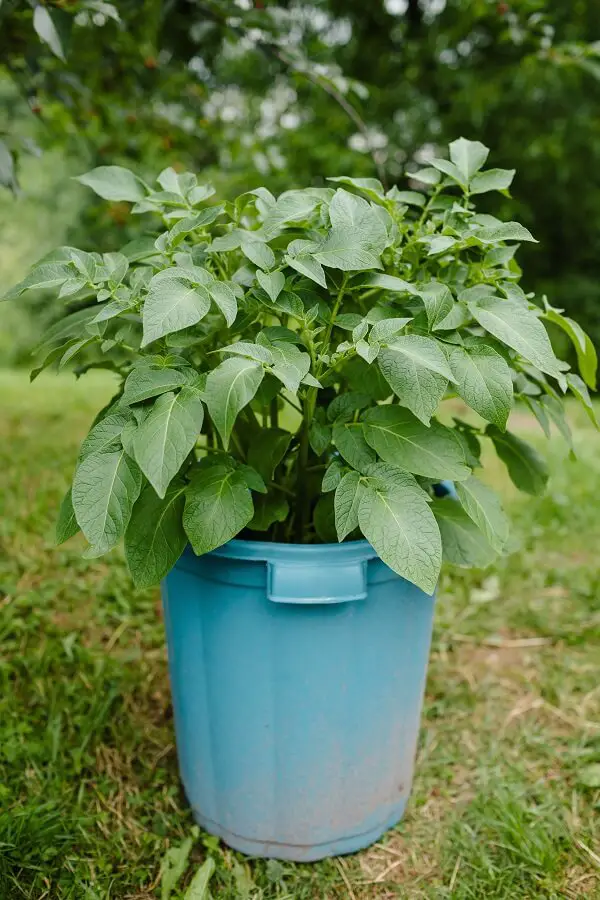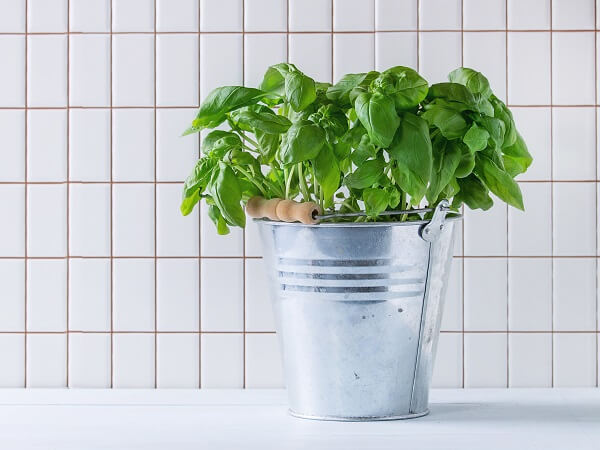Estimated reading time: 9 minutes
Homesteaders are the ultimate recyclers. You re-purpose jars, buckets, and clothing, and you find ways to fix and reuse things that many people today would toss in the garbage.
However, you may be overlooking a recycling project that is easy, economical, and right under your nose after dinner. I'm talking about kitchen scraps. Did you know you can grow food from them?
Want to save this post for later? Click Here to Pin It on Pinterest!
Most vegetables are easy to regrow, and some don’t even require dirt – they just need a glass of water. Here is a list of vegetables you can regrow. And the best part is that you only need a few things: the kitchen scraps themselves, some pots or containers, fertile soil, water, and some sunlight.
Here is a list of kitchen leftovers you can turn into a thriving garden.
Lettuce, Bok Choy, and Cabbage
After you've torn away its leaves, do you throw the lettuce or cabbage heart into the trash or compost pile? Next time, try a different plan. Set the heart in a shallow bowl along with a half-inch of water and put the bowl on a windowsill or ledge that gets good sunlight. Replace the water every day or two when it gets cloudy or smelly.
After a few days, you will see roots developing and new leaves sprouting. Harvest them when they are large enough for eating. Return the head to clean water and repeat. Another option is to transplant the head to a pot with soil for further growth.

Scallions, Green Onions, Leeks and Fennel
Regenerating these root vegetables requires that you keep their roots intact. Place the white root base in a cup or other container with enough water to cover the bulb portion. Set the container on a sunny windowsill.
As the roots begin to grow, you will notice new green shoots appearing in the center of the base. You can harvest the shoots and keep this process going. Replace the water as needed. Or you can transfer the bulbs outdoors in the spring.
Onions
Onions are similar to regenerate as the smaller root veggies above, but as you might imagine, they require a bit more room. Place the onion root section in a cup of water on your sunny windowsill. You’ll want to replace the water every day or two as it can get pretty smelly.
Examine the scraps in a few days for any signs of re-growth. You can then transfer the bulb to a pot of soil or to your outdoor garden in the spring.

Garlic
You can regenerate garlic with just one clove. Place a single clove with its root end pointing down in a pot of soil and set the pot in a sunny location.
Once you notice new shoots emerging, cut them back. Your young plant is now ready to produce a new bulb. You can repeat this process again and again.
Ginger
Another bulb plant that is easy to regenerate is ginger. Partially submerge a piece of ginger root (the part you use in recipes) in a pot of soil with its nubbins pointing up. Set this container in a location where it can get indirect sunlight and aim to keep the soil moist. Roots will begin to grow in about 10 to 14 days.
To harvest fresh ginger, pull up the plant, cut away some of its roots, and repeat the prior process.

Celery
You may need to be patient to regrow celery, but you will be rewarded with good results. Place the unused celery base (about an inch or so is needed) in a jar or dish of water on a sunny ledge. You’ll want to replace the cloudy water every day or two.
Usually, tiny sprouts will appear within a week. After a few more weeks, there will be enough new growth to harvest. If you transplant your regenerated celery into a pot with soil, it will grow to full length.
Potatoes
Those pesky potato eyes are signs of regeneration. When a potato begins to grow eyes, it’s time for action. Cut the potato into small pieces that have one or two eyes each. Allow these sections to sit out at room temperature for two or three days or long enough that the cuts dry and heal.
Now you can plant the cut pieces (with the eyes facing up) about six inches deep in a large pot filled with nutrient-rich organic soil. In several weeks, sprouts should be visible. Now add several more inches of soil to the pot. You can move your new potato plant outdoors in the spring.

Sweet Potatoes
The process for regenerating sweet potatoes is a bit different than with regular potatoes. First, cut the sweet potato in half and then suspend it above a container of shallow water using toothpicks on either side. In a few days, sprouts and roots will emerge.
When the sprouts are about four inches long, gently twist them off and place them in a container of water. When the roots from this second container are about an inch long, they are ready to plant in a container of soil or in the ground during warm weather.
Basil
To regrow basil, all you need is a stem that is about four inches long. Place the stem in a glass of water with any remaining leaves above the water line. Set the glass in a spot that gets indirect sunlight.
Roots will emerge in a few days. When these roots are a couple of inches long, you can transplant the regenerated basil stem into a pot of soil. With this method, you can keep your herb garden going strong indefinitely.

Cilantro
Re-growing cilantro is a similar process to basil. Place a healthy stem in a glass of water in a location that receives indirect sunlight. You can transplant your cilantro when the roots are a few inches long. New cilantro springs should emerge in another few weeks.
Carrots, Turnips, Beets, and Parsnips
These root vegetables are easy and fun to regrow from leftover scraps. Instead of throwing the tops into the compost pile, place them in a shallow container of water. In just a few days, you will notice new green growth.
Allow the growth to continue – changing out the water as needed – until the new plants are ready to be transplanted into soil-filled pots.

Rosemary
Fragrant rosemary is easy to propagate. Snip two- to three-inch pieces from the tops of your rosemary stalks and place them in a glass of water. When new roots sprout, transfer them into soil-filled pots or containers.
Lemongrass
If you like the taste of lemongrass, but you have trouble finding it, you will want to re-grow your own supply. Place the lemongrass root in a glass jar with enough water to cover it. Next, set the jar on a sunny windowsill.
Within a week, you should notice new growth. You can now transplant the lemongrass into a pot for your windowsill or outdoor herb garden.

Mushrooms
Unlike the other plants on this list, re-growing mushrooms is a bit tricky because they need just the right conditions. But if you have a green thumb, you might want to give it a try. What do you have to lose?
After you use the head of the mushroom, plant the stalk in rich soil with just the tip exposed. Under warm and humid conditions, this base will begin to grow a new head.
Tips for Re-growing Vegetables
Experienced gardeners know that the best results require time and patience. The same is true for these regeneration projects. Here are some tips to help you get started on the right foot.
- The fresher the scraps, the better the results.
- Plants are sensitive to chlorine and fluoride. If you are on a municipal water system, try using distilled water for your kitchen scrap garden.
- Use grow lights in areas that do not have much sunlight in your home.
- Be sure to get the kids involved. Re-growing plants from kitchen scraps can be a fun project for all ages. Put little hands to work observing, snipping, and replanting your rejuvenated scraps.
According to the Natural Resources Defense Council, about 35 percent of all food waste in American households comes from fruits and vegetables.
Here's a book and a video that explain the process of turning your leftovers into a thriving garden. Good luck and have fun with this new form of recycling.
Like this post? Don't forget to Pin It on Pinterest!











